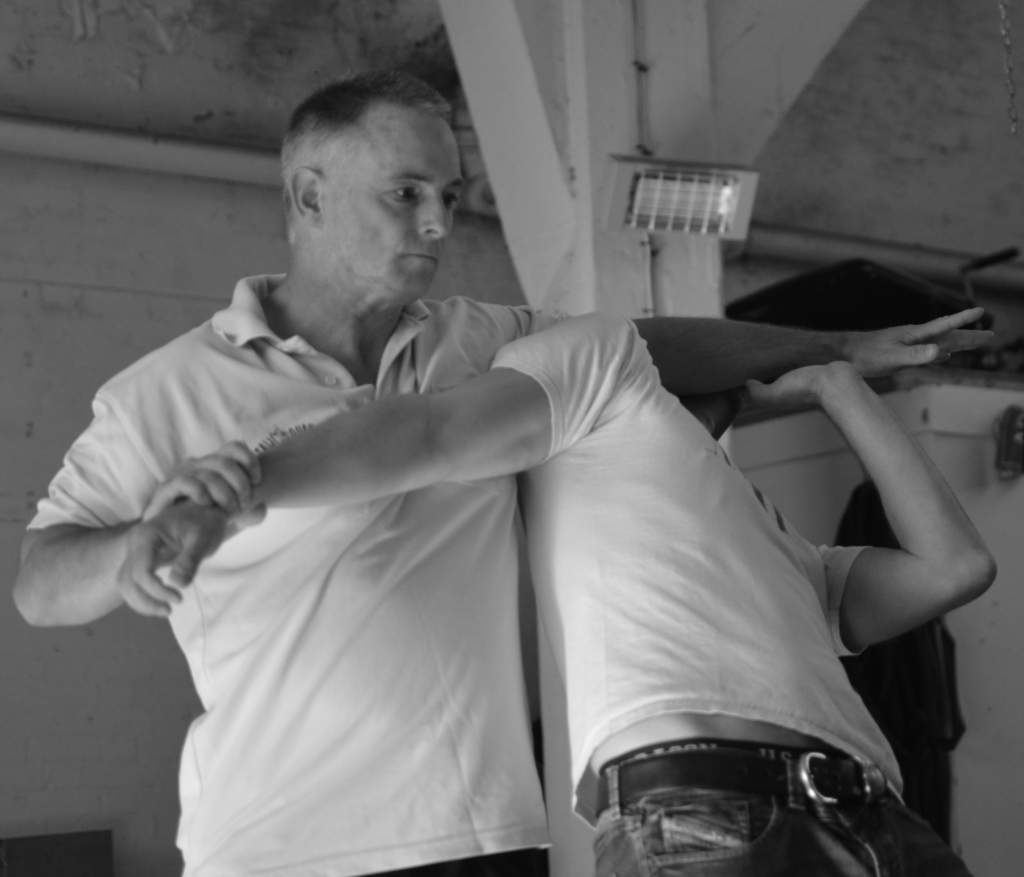Taijiquan
Tàijíquán is sometimes written as Tai Chi Chuan, depending on the method of Chinese-to-English translation. Sometimes it is referred to as simply “Taiji” or ‘Taichi’. It is well known as a system of exercise, with a reputation for aiding relaxation, but what is not so well known is that Taiji is fundamentally a martial art.
The practice of Tàijíquán is based on a collection of principles known as the Classic Texts. Over several generations, they form written advice from competent practitioners and teachers on how to practice and apply the art. Guided by this advice, we train to develop good mental habits and good body habits, and ultimately to understand ourselves and become better human beings. Tàijíquán is a system of mental/physical self-development, grounded in the practice of practical martial art, and it is not mystical or religious.
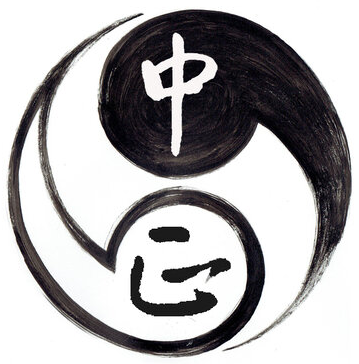
Taijiquan principles
To properly understand Taijiquan it is essential to study the principles Taiji Classic texts, and apply them to out daily practice of exercises, Forms and partner training.
For a translation and detailed discussion of the meaning of the Classics, please read Wee Kee Jin’s book “Tàijíquán – True to the Art”. It can be purchased online from Wee Kee Jin at his website.
The principles of Taijiquan are described in the following six Taiji Classic Texts, upon which all Taiji systems are based:
The Chang San Feng Tàijí Classic
The Wang Ts’ung Yueh Tàijí Classic
The Song of the Thirteen Postures
The Understanding of the Thirteen Postures
The Song of Tuīshoǔ
The Song of Substance and Function
For the Yang style and its derivatives there is then:
Important Points of the Yang Family
And for systems such as ours, from the Huang Sheng Shyan lineage, there is also:
Preparation
The Open and Close (Up and Down) movement
,Five Exercises to relax and connect
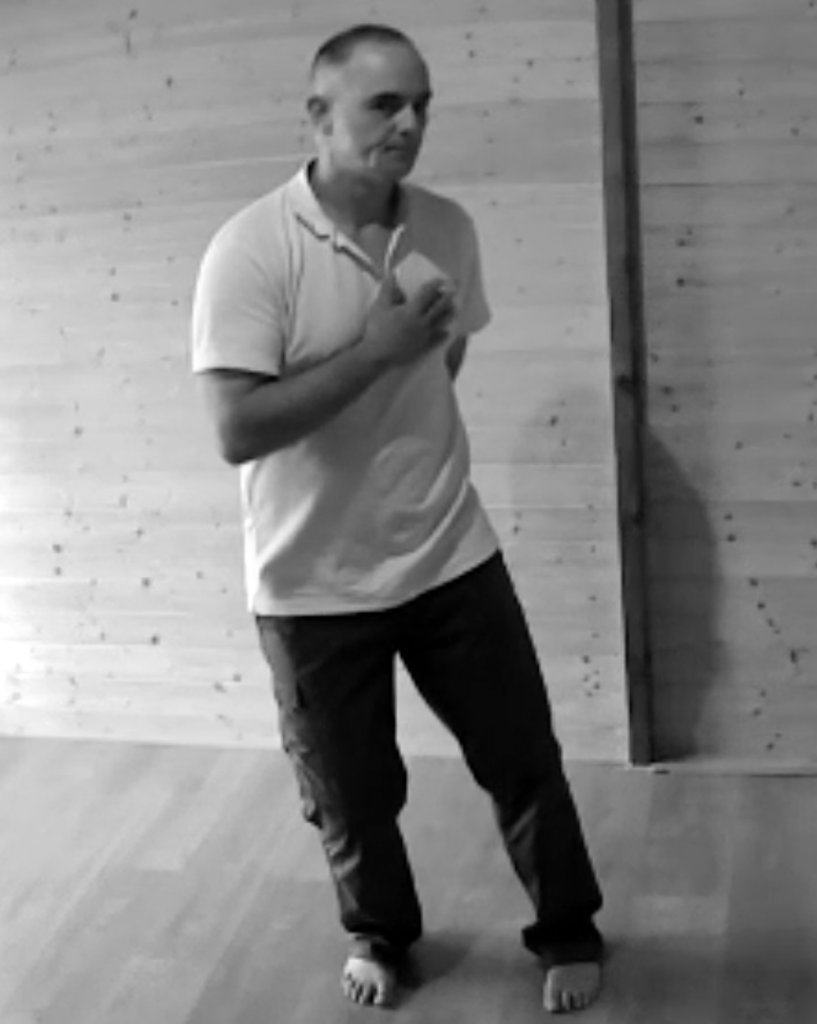
Forms
A Form is a pre-defined sequence of movements within which we develop our physical skill.
Short Form ( …more )
Long Form ( …more )
Refined Form ( …more )
Quick Fist – 28 constellations
Then, by applying the Taiji principles in the repetitive practice of the Forms, we can transition from the normal habit of externally (mis-)coordinated movement to new habits of synchronised whole-body movement.
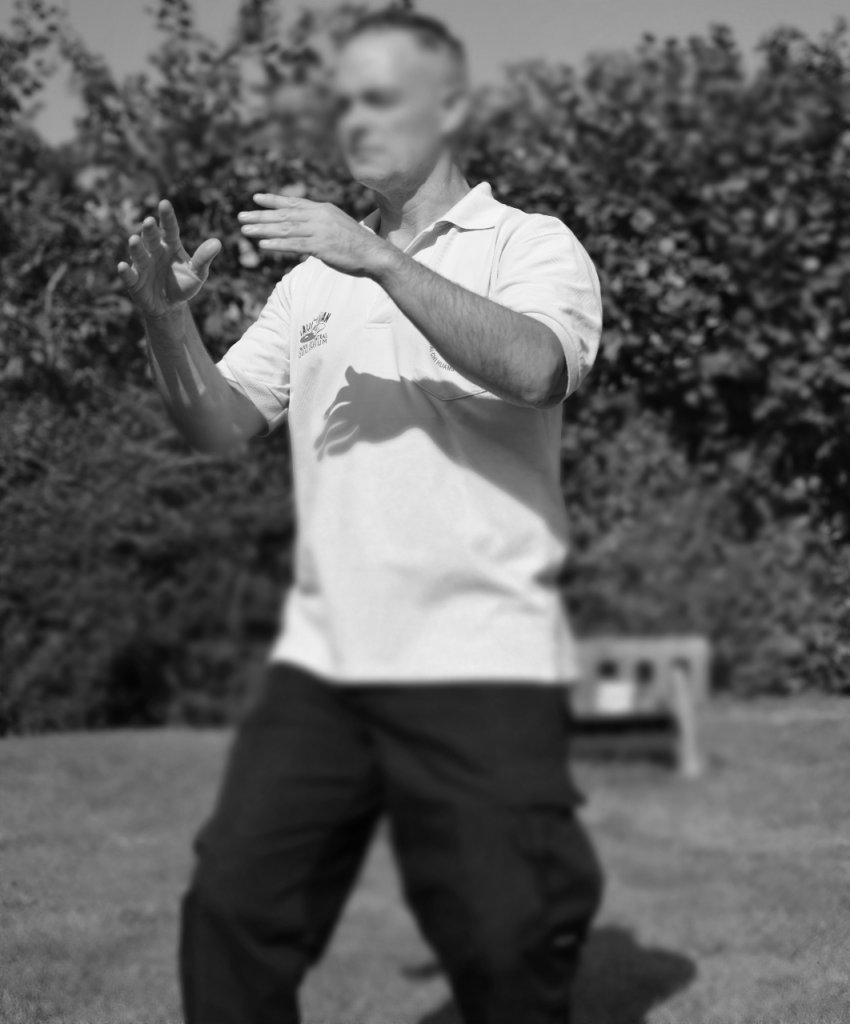
Partner training
Sensitivity drills
Fixed pattern practices
Application of the Forms
Semi-free exchange
Free exchange
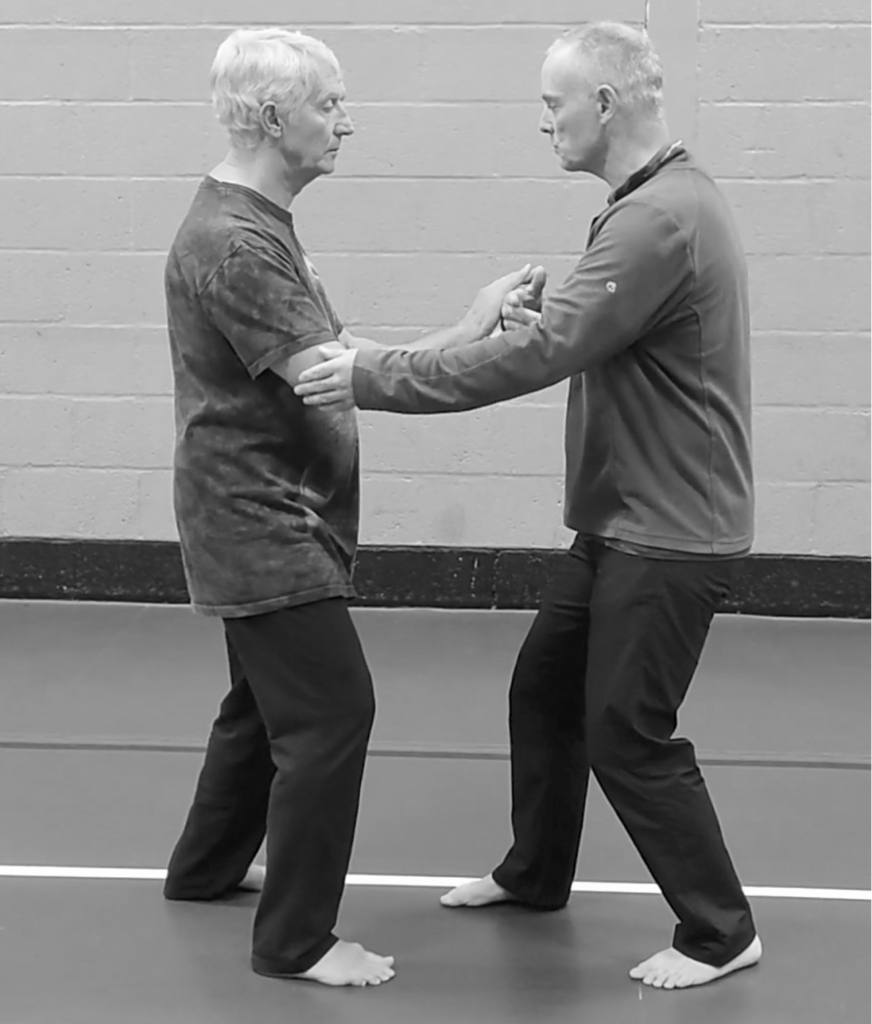
Weapons
Staff
Sabre
Sword
Spear
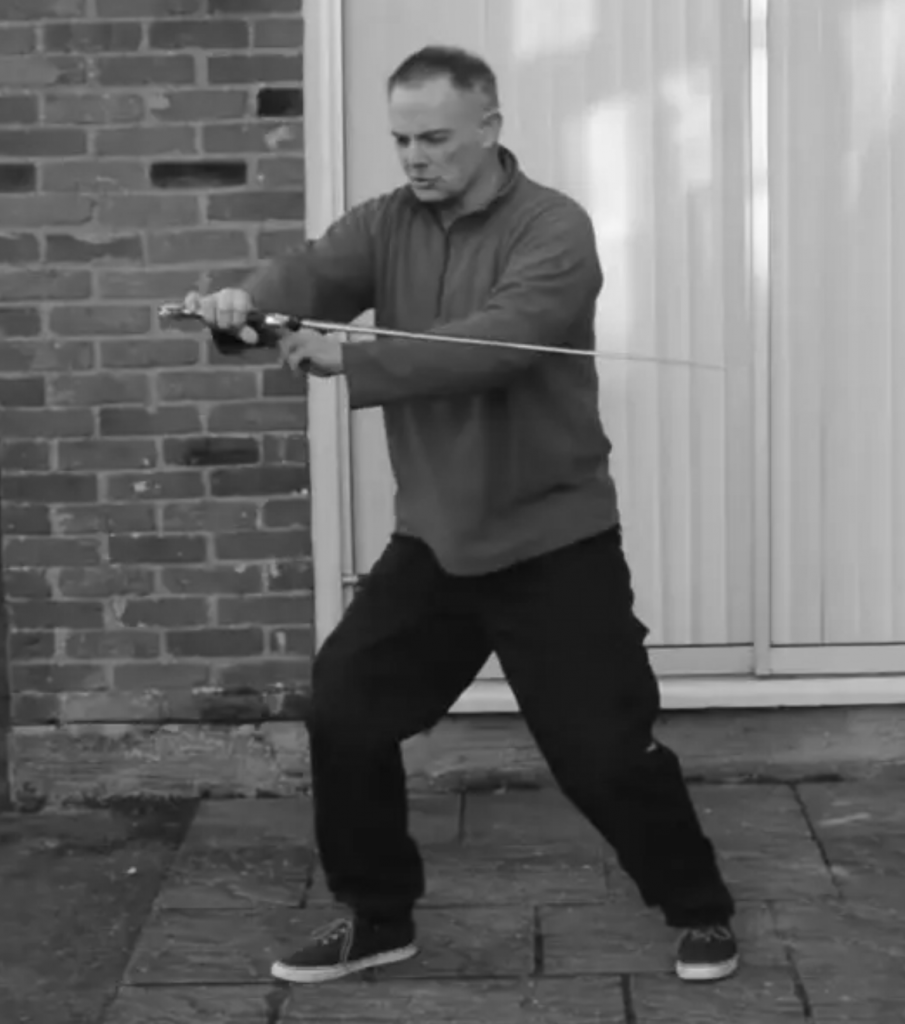
Martial art
It is not so widely appreciated that Tàijíquán can if trained appropriately, be used as an effective martial art. The emphasis is on using subtle whole-body synchronized movement with subtle awareness and timing, to overcome raw (disconnected) speed and brute strength.
The disadvantage of ‘softer’ approaches to martial arts such as Tàijíquán compared with ‘hard’ and ‘hard-soft’ styles such as boxing, Karate or Kung Fu, is that it takes many more years of practice to achieve a basic martial skill. The advantage of Tàijíquán however, is that it is not injurious to the body, and development is not limited by age.
